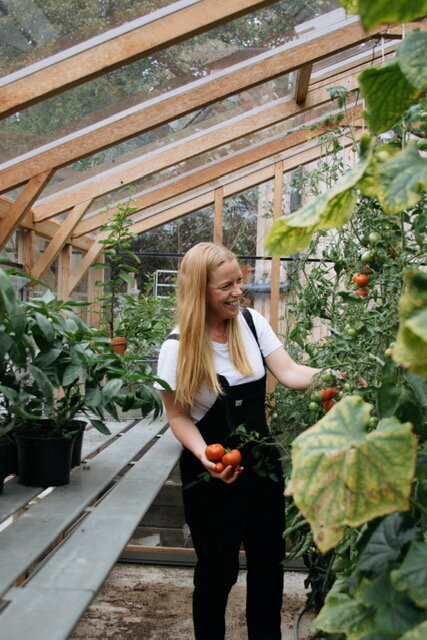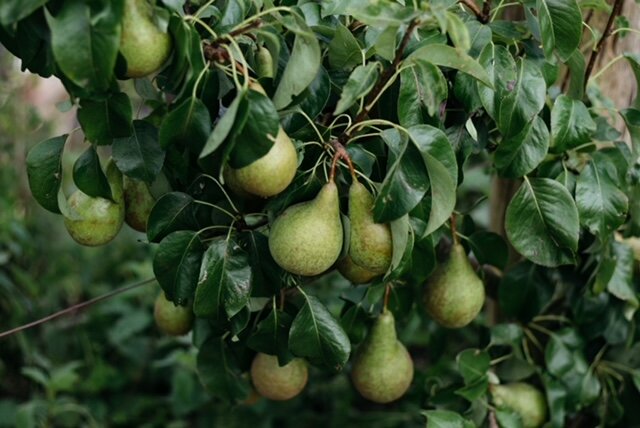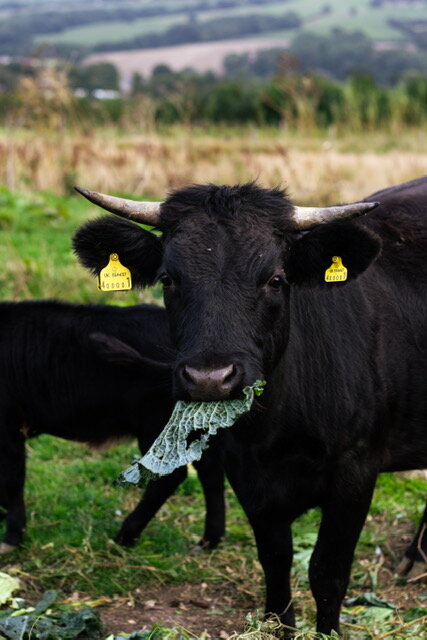Vareniki: Eastern European dumplings
Katia Wlodarczak from Gourmant Pixels chose this recipe for heiter because it is a wonderful way to bring people together. The act of making food with family and sometimes even friends is a mindful process that creates a feeling of togetherness. It brings up conversations, unites and is therefore, a very heiter activity. Katia previously shared her Vareniki recipe as part of the #CookforUkraine initiative that was organised by Ukrainian chef and activist Olia Hercules and Russian origin chef Alissa Timoshkina. Read more about the initiative and how you can support it under this post.
Vareniki dumplings can be filled with a variety of ingredients, below are some of Katia’s favourites.
10 servings - total qty of 200
Prep time: 1 h (when done by a small group of people)
Resting time: 30 min
For the water dough you will need:
700 g typo 00 flour or plain white, plus extra for dusting
2 eggs, lightly beaten
200 ml water
1 tsp salt
Fillings:
COTTAGE CHEESE (as previously shown in our e-zine: sign up for our newsletter to receive all e-zines for free)
300 g cottage cheese, ideally Twarog (can be bought from any Eastern European shop, tends to be drier than English cottage cheese, which makes the difference)
1 egg, lightly beaten
to serve:
a good knob of butter
soured cream or thick Greek yogurt
berry compote, shop bought or home made
MASH POTATO AND CARAMELISED ONION
400 g potatoes, peeled and chopped
2 tbsp sunflower oil
3 medium to big chopped onions
to serve:
a good knob of unsalted butter
a handful of chopped dill or other herbs
soured cream or thick Greek yogurt
freshly ground black pepper
CABBAGE - SAUERKRAUT
400g home made or quality shop bought sauerkraut
1 tbsp sunflower oil
to serve:
a good knob of unsalted butter
a handful of chopped dill or other herbs
soured cream or thick Greek yogurt
freshly ground black pepper
DIRECTIONS:
1) To make the dough, sift the flour into a medium size bowl. Make a well in the middle, add the eggs and mix everything in the well. Gradually add water until well combined and ready for kneading.
2) Knead the dough on a well-floured surface until it stops sticking to your hands. You are looking to get a firm and elastic dough. This might take on average 10-15 min. Wrap in cling film and leave to rest in the fridge for 30 min.
3) In the meantime, prepare the fillings:
a - FOR COTTAGE CHEESE FILLING - mix the twarog and egg, add salt and pepper to your taste
b - FOR POTATO AND CARAMELISED ONION FiLLING - boil and mash potatoes, add salt and pepper to taste. While the potatoes are cooking, prepare the caramelised onions by frying them in a little bit of sunflower oil, then reduce the heat and leave them to sweat until soft and start to brown. When the mash is ready, mix with the onions and cool the mixture before handling.
c - FOR SAUERKRAUT FILLING - fry sauerkraut in a little bit of sunflower oil, adding black pepper to taste. Cool to handle.
4) When ready, take the dough out of the fridge and divide it into 3 pieces. Flour the work surface and roll out the first portion of dough (for best results use a pasta machine) to get a thickness of about 1.5 mm. Using a small glass or round cookie cutter, cut out discs (about 6 cm diameter). Pop 1 heaped tea spoon of filling into the middle of each circle and seal by folding in half creating half moon dumpling. Pinch the edges together so that the filling cannot come out. Place each dumpling on a well floured surface (tray, chopping board) and make sure they don’t touch each other.
5) Repeat the process with the other two portions of dough.
6) If eaten immediately, bring a large pot of salted water to boil and cook the vareniki in batches. Boil them for a couple of minutes, or until they float to the surface. Use a sloted spoon to laddle the vareniki into a big bowl, add the knob of unsalted butter and serve in the middle of the table to share. Serve with the toppings mentioned above.
7) We tend to make a bigger batch of vareniki to be able to freeze some for later. Pop them into the freezer (still on a tray). Once frozen they can be transferred into freezer bags. When desired, just add them to boiling water and cook according to above instructions (no need to defrost).
8) The modern version of vareniki can be seasonal and contain any sort of filling including Halloween leftover pumpkins and/or similar. Don’t shy away of getting creative with your dumplings!
Katia Wlodarczak is a Russian food and product photographer living in the UK. She has recently shared several Eastern European recipes to join #CookForUkraine and show solidarity for the Ukrainian people. Find out more about her work on Instagram @gourmandpixels and her website www.gourmandpixels.com.
#CookForUkraine aims to increase awareness of the humanitarian crisis the world faces right now, as well as raise the funds needed to aid children & families in Ukraine who have been displaced by the current situation.
Since its inception, hundreds of people from different backgrounds and nationalities have reached out and shown their solidarity by joining this initiative – including top chefs, award-winning food writers, restaurant owners and home cooks – cooking, baking and sharing Ukrainian and Eastern European inspired dishes at their restaurants with their guests, at home with their friends and across social media with their family and followers.
You can donate directly here or host a supper club or bake sale to raise funds for #CookforUkraine. Or if you are unable to donate, simply share the news of this initiative by sharing the Just Giving link on your social channels and hashtagging #CookforUkraine.















